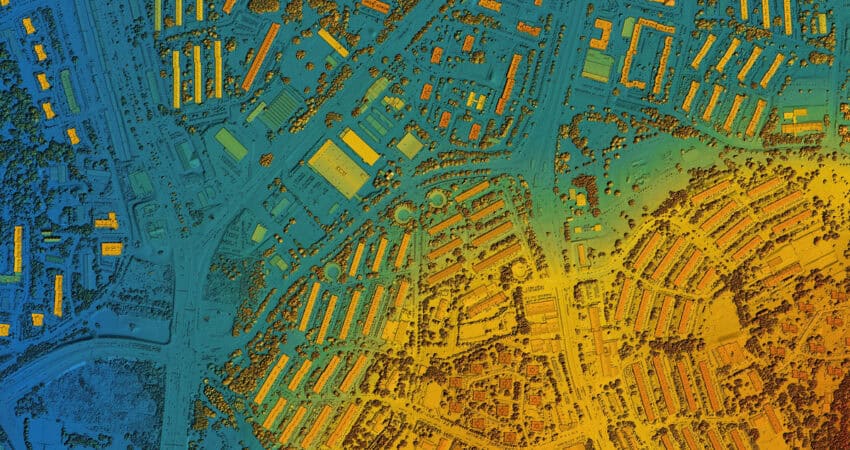🚀 The Future of Geospatial is Here: LiDAR Technology Revolutionizing Industries! 🌍
Have you ever pondered how we can enhance the efficiency of our disaster response or how we can elevate agriculture to a new level of precision? The answer could very well be LiDAR technology.
LiDAR, which is an acronym for Light Detection and Ranging, is a sophisticated remote sensing technique that employs laser light to generate precise, three-dimensional data about the Earth’s surface and its features. While this technology has been around for some time, its applications are rapidly expanding, poised to transform the geospatial landscape in ways we are only beginning to fathom.
Let’s delve deeper into the multifaceted applications of LiDAR across various industries and explore the latest trends that are shaping the future of this transformative technology.
🏙️ Urban Planning and Smart Cities:
LiDAR is a cornerstone in the development of smart cities, providing planners with the detailed 3D maps necessary for efficient urban design. By integrating LiDAR data into Geographic Information Systems (GIS), urban planners can optimize traffic flow, improve infrastructure planning, and enhance public safety. The technology also aids in monitoring environmental changes and managing urban growth sustainably.
🌲 Forestry and Environmental Monitoring:
In forestry, LiDAR is used to assess biodiversity, monitor deforestation, and manage forest resources. It enables the accurate measurement of tree heights, canopy structures, and biomass, which is crucial for carbon stock assessments and sustainable forestry practices. Environmental scientists also leverage LiDAR to study ecosystems, track erosion, and analyze water catchment areas.
🚘 Autonomous Vehicles and Transportation:
The transportation sector is witnessing a revolution with the advent of autonomous vehicles, and LiDAR is at the heart of this transformation. It provides the precise environmental data needed for self-driving cars to navigate safely. LiDAR sensors mounted on vehicles can detect obstacles, read traffic signs, and understand complex road conditions in real-time, paving the way for safer and more efficient transportation systems.
🔍 Archaeology and Cultural Heritage:
Archaeologists are using LiDAR to uncover hidden structures and landscapes beneath dense vegetation or earth cover. By penetrating layers of forest canopy, LiDAR reveals ancient ruins, roads, and patterns that would otherwise remain undiscovered. This non-invasive technique is revolutionizing the field of archaeology, offering new insights into past civilizations without causing harm to cultural sites.
🌊 Coastal Management and Maritime Applications:
LiDAR technology is also making waves in coastal management and maritime industries. It helps in monitoring shoreline changes, mapping the seafloor, and assessing the impacts of climate change on coastal ecosystems. For maritime navigation, LiDAR systems enhance the safety and efficiency of ship operations, aiding in collision avoidance and port management.
💡 Latest Trends in LiDAR Technology:
- Miniaturization: Advances in sensor technology are leading to smaller, more affordable LiDAR units, making the technology accessible to a broader range of industries and applications.
- Increased Resolution: The push for higher-resolution data is driving the development of LiDAR systems that can capture finer details, enabling even more precise applications.
- Integration with AI and Machine Learning: Combining LiDAR data with artificial intelligence and machine learning algorithms is unlocking new capabilities, such as predictive analytics and automated decision-making in various fields.
- Solid-State LiDAR: The shift towards solid-state LiDAR systems promises increased reliability, reduced costs, and the potential for mass adoption, particularly in the automotive industry.
As we continue to explore the vast potential of LiDAR, it’s clear that this technology is not just a tool for today’s challenges but a key enabler for the innovations of tomorrow. From smart cities to autonomous vehicles, and environmental conservation to historical discovery, LiDAR is redefining what’s possible across the board.
For inquiries or to discuss your specific needs, please feel free to contact us at info@proffereng.com. Our team of experts is eager to assist you in unlocking the full potential of LiDAR technology for your business.
